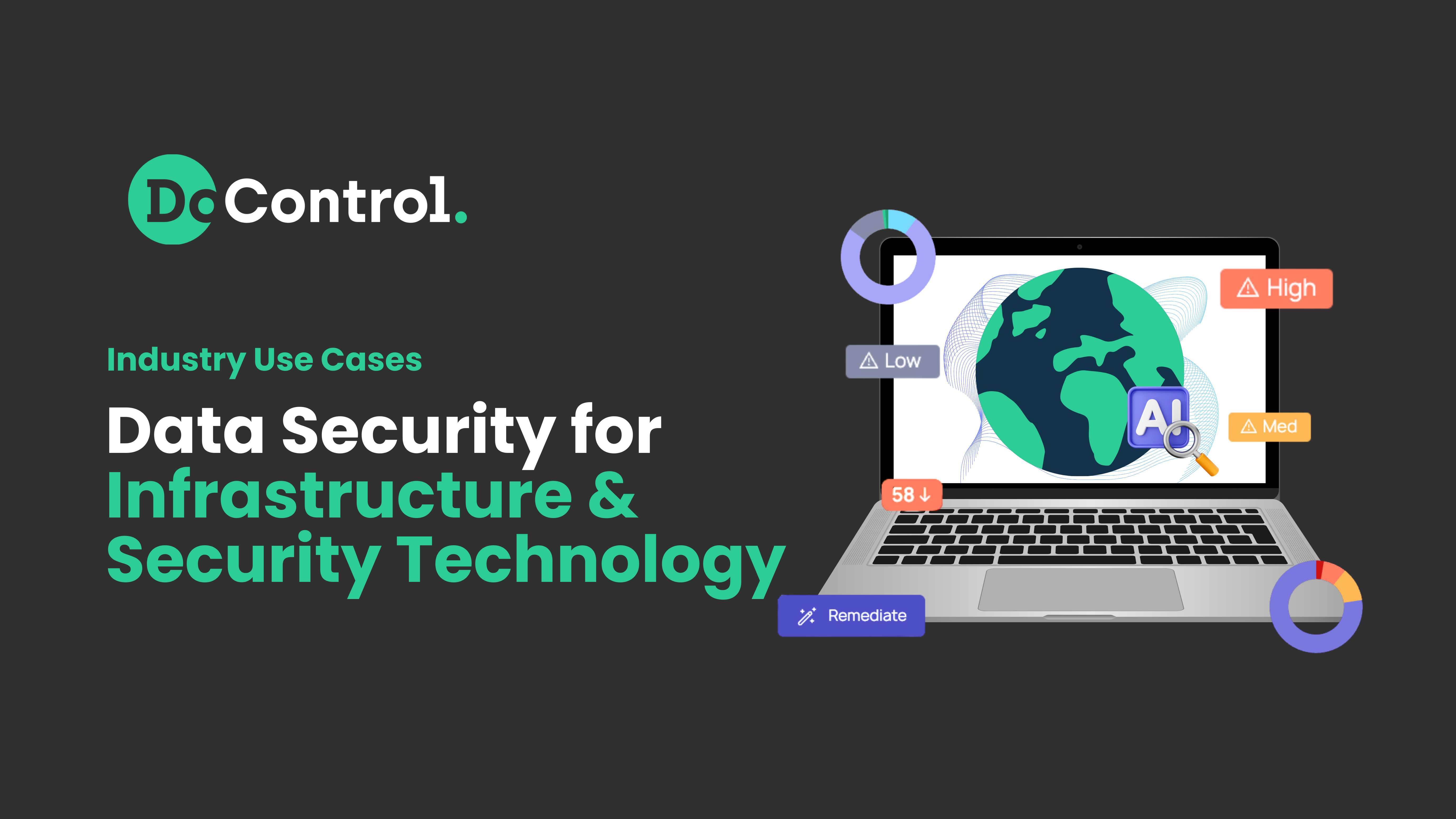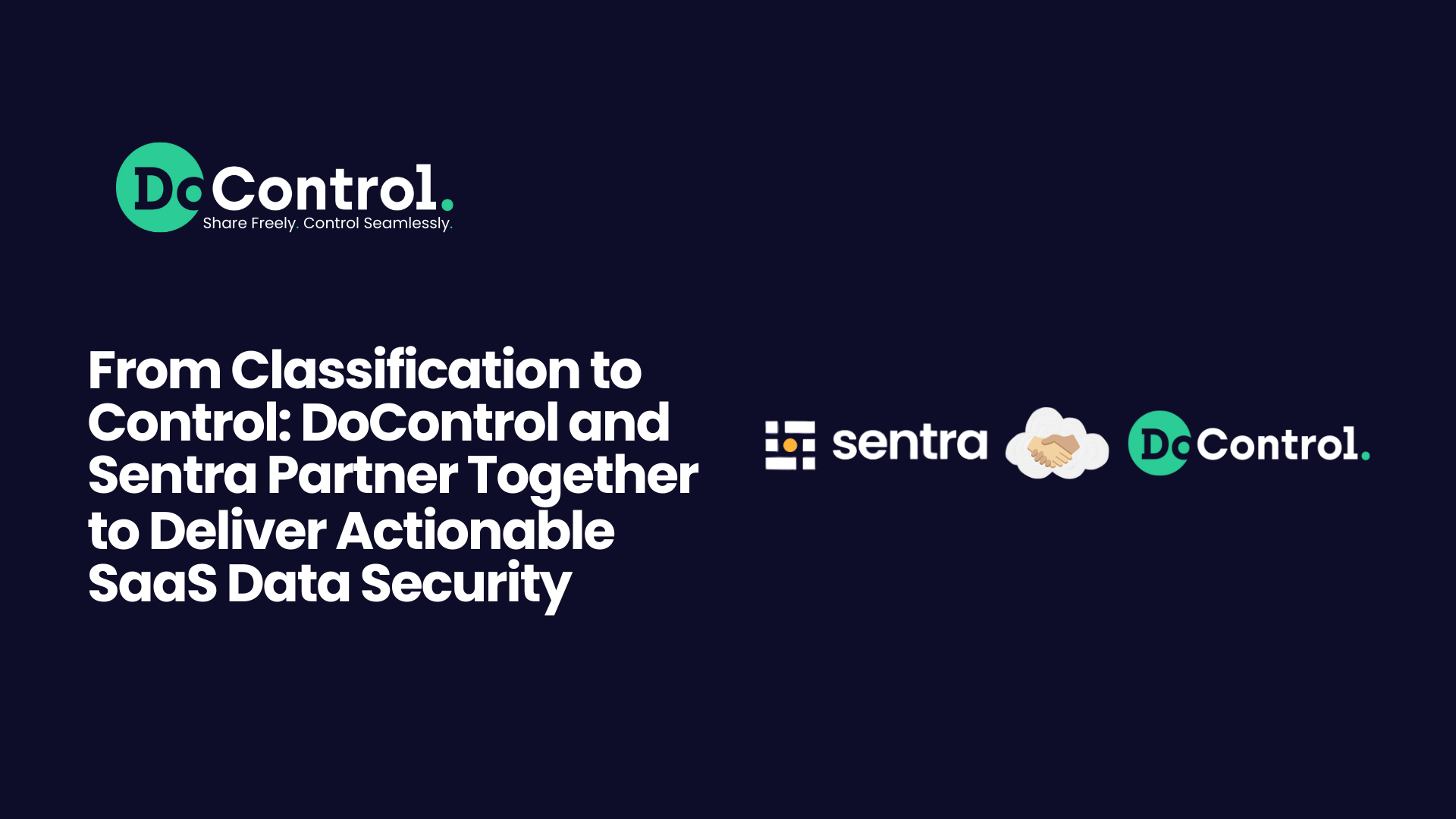
Slack has become one of the most popular communication tools used by businesses across numerous industries, with an estimated 35 million active daily users. The solution enables employees to send and receive instant messages, files, photos, and other data in near real-time, making work communication easier than ever.
But while Slack has proven to be an invaluable tool for collaboration, businesses must prioritize ensuring that their communications and sensitive data remain protected from bad actors. Like any other SaaS solution, Slack provides a potential entry point for cybercriminals to gain access to critical information within a business.
As the digital landscape continues to advance and new threats emerge, Slack security concerns in 2024 will evolve accordingly. Here’s what organizations must be aware of regarding the risks of Slack and keeping their data secure.
Slack Security Concerns: Data Encryption and Privacy
While businesses do need to take active steps to be sure that their Slack channels and conversations are secure, the solution itself does offer some built-in protection. Slack encrypts customer data both in transit and while it’s at rest. The Slack Enterprise Key Management (Slack EKM) tool allows businesses to use their own keys, stored within Amazon’s Key Management Service (AWS KMS), for extra protection.
However, companies still need to take proactive steps to ensure the privacy of sensitive information shared on Slack channels and within messages. That’s not to mention that companies in regulated sectors, such as healthcare and finance, must also put systems in place to guarantee that they remain in compliance with data protection standards for their industries.
Insider Threats: Why Your Biggest Slack Threats Comes from Within
As part of normal business communications, employees exchange information via Slack messages. The problem is when what they’re sharing is sensitive data or other business-critical information, and when that’s being shared in the wrong places. For example, when this kind of data is shared in a public channel, a channel shared with another company, or shared with external, third-party collaborators, such as contractors, your organization loses control over that information.
Casual sharing of information that’s private to your business, which is more commonplace than you may think, may lead to harmful data losses and breaches. Unfortunately, employees may share this data without realizing the potential risks and dangers involved. On the other hand, sometimes teams will need to share some private information as part of their daily workflows or in order to accomplish certain tasks.
Manually discovering, tracking and evaluating each time your employees share sensitive data in Slack messages is unfeasible. But without full visibility into what exactly is being shared, you’re left in the dark regarding potential data exposures. It’s clear that your organization needs a way to manage the sharing of sensitive data, especially when it’s occurring in public spaces or with contacts outside of your company.
That’s not to mention that employees who have left your company, or contractors you’re no longer working with, may still end up with access to your organizations’ Slack and the data within it. One tech writer changed his name on Slack to “Slackbot” and was able to remain within his former employer’s Slack channels, undetected, for months. While this was done as a prank, it illustrates just how easy it is for a former employee to stay looped in with your company’s inner workings, even after they’ve left your organization.
Why Authentication and Access Control are Crucial Slack Security Concerns
Strong authentication measures are critical for keeping your business’ Slack secure. That could look like a zero-trust approach, which means implementing multi-factor authentication (MFA) policies for Slack accounts. An MFA policy requires users to verify their identity in multiple ways that go beyond simply knowing one password.
A common MFA policy requires that users attempting to sign in also enter a one-time password sent to their cellular phone. This stops a bad actor who may have obtained a username and password from being able to access your business’ Slack.
Managing user access and permissions effectively is also paramount. Slack channels where sensitive information being shared, such as financial details or customer information, should be set to private and include the minimum number of users possible.
Employees that leave your organization should be immediately removed from all Slack channels, especially ones including sensitive data, and their accounts should be locked down by your IT department.
That also goes for external contractors who were granted access to channels within your company’s Slack. As soon as your collaboration with them ends, their access should be immediately rescinded.
Slack Security Concerns: External Integrations and App Security Are Critical
There are numerous risks associated with third-party integrations for all SaaS apps, and these threats also apply to Slack. For example, you may have granted access to third-party apps that provide productivity enhancers for Slack, such as bots for ticketing issues or organization-wide surveys. While granting bots access to your organization's Slack might seem harmless, you may be inadvertently exposing your company’s inner workings to bad actors.
This risk isn’t necessarily specific to Slack - any time that you allow third-party SaaS integrations, you’re creating an additional vulnerability point through which cyber criminals could potentially breach your company cloud.
When you allow third-party companies to access your Slack, you don’t know how robust - or how lax - those organizations' security standards are, and what policies they have in place to safeguard your data.
Ensuring the security of your Slack apps and integrations is crucial for avoiding a nightmare scenario in which private conversations, sensitive data, or even trade secrets are leaked to the public or sold to the highest bidder.
There are a number of best practices you should keep in mind for evaluating and vetting external apps you’re considering integrating into your company Slack.
Do your due diligence, and thoroughly research the app’s security policies. See if they have a history of breaches or security failures - if so, it may be best to steer clear. Read online about potential Slack security issues within those apps.
Consider adopting a company-wide IT policy for third-party apps for Slack. That could look like only allowing senior security team members to approve permissions for integrations, limiting app installations to a strict range of requirements, and reviewing the app’s security policies.
Slack itself admits that it does not vet the apps listed in its directory for their security standards, so it’s up to you to ensure that your third-party interactions are safe and trustworthy.
Employee Awareness: Your Secret Weapon for Slack Security Concerns in 2024
Your team is a critical resource for ensuring that your Slack (and all the company data within it) remains secure. Some of your team members may not be aware of the potential risks of third-party Slack integrations, or unfamiliar with strategies for checking that these apps are safe.
Company-wide training on Slack security best practices is a crucial tool. All employees who use Slack, spanning the entirety of your organization, should be educated on the importance of vetting apps before integrating them into Slack, as well as the growing threats of phishing and social engineering attacks.
If your employees can recognize suspicious behavior or avoid installing potentially risky apps, you’ve gained a critical factor for Slack security success. Promoting a culture of security awareness among your organization's Slack users can mean the difference between keeping your company safe or a disastrous breach in which sensitive data is exposed.
Compliance and Legal Considerations for Slack
Depending on your industry, you may be required to keep a full digital record of all Slack conversations related to your business and clients. Remaining in compliance with your space’s regulations and standards is critical, and you should approach your company’s Slack conversations the same way as you do email and any other official communications.
You may also need to contend with legal concerns regarding data retention, privacy, and eDiscovery in the event of a dispute or investigation. It’s critical that you collaborate with your legal and compliance teams for guidance on how to meet requirements around business related conversations on Slack.
How DoControl Helps You Optimize Your Slack Security
DoControl’s comprehensive SaaS security platform provides you with critical visibility into all of your cloud-based apps, including Slack. Our Slack integration secures all your business’ shared data and files accessed by every identity and entity, including both internal employees as well as third-party collaborators.
You’ll gain critical control over and data loss prevention for your sensitive data, via future-proofed, granular data access control policies that restrict specific files from being accessed by unauthorized parties. Our solution also enables you to revoke access to authorized users after a set period, with an automated tool that means you can simply specify a timeframe and let us take care of the rest.
With our automated solutions for everything from emerging threat remediation to risky third-party app connections, we take the burden off your teams and provide you with a holistic, big-picture view into your cloud’s vulnerabilities.
An official partner of Slack, we offer a unique Slack Enterprise solution that ensures you have total control when business-critical information is shared. Gathering security and business context from sources like EDP, IDP, HRIS, end-user interactions, and the SaaS application itself, DoControl distinguishes between standard business practices and genuine security threats to protect your data, saving you time and resources.
Our solution provides automatic remediation as well as smart prioritization, so you don’t have to wade through endless alerts - our tool differentiates between normal business communications and suspicious activity, so you’re alerted only when communications are risky.
DoControl for Slack Enterprise offers you real-time scanning of your organization's public and private channels, direct messages, group messages, and file uploads, so that communications containing sensitive data never slip through the cracks.
The DoControl bot in Slack Enterprise proactively engages with end-users on behalf of your Security and IT teams. The solution identifies and mitigates outdated or inappropriate sharing activities, and streamlines sharing approvals through an intuitive UI that’s easy for your employees to understand. This engagement empowers users, fostering a security mindset and reducing organizational exposure over time
Reach out to us today to learn more about how our SaaS security solution can help you ensure your sensitive Slack data is protected, your third-party slack integrations are secure, and that your team can continue reaping the benefits of streamlined communication without endangering the integrity of your cloud.



.png)